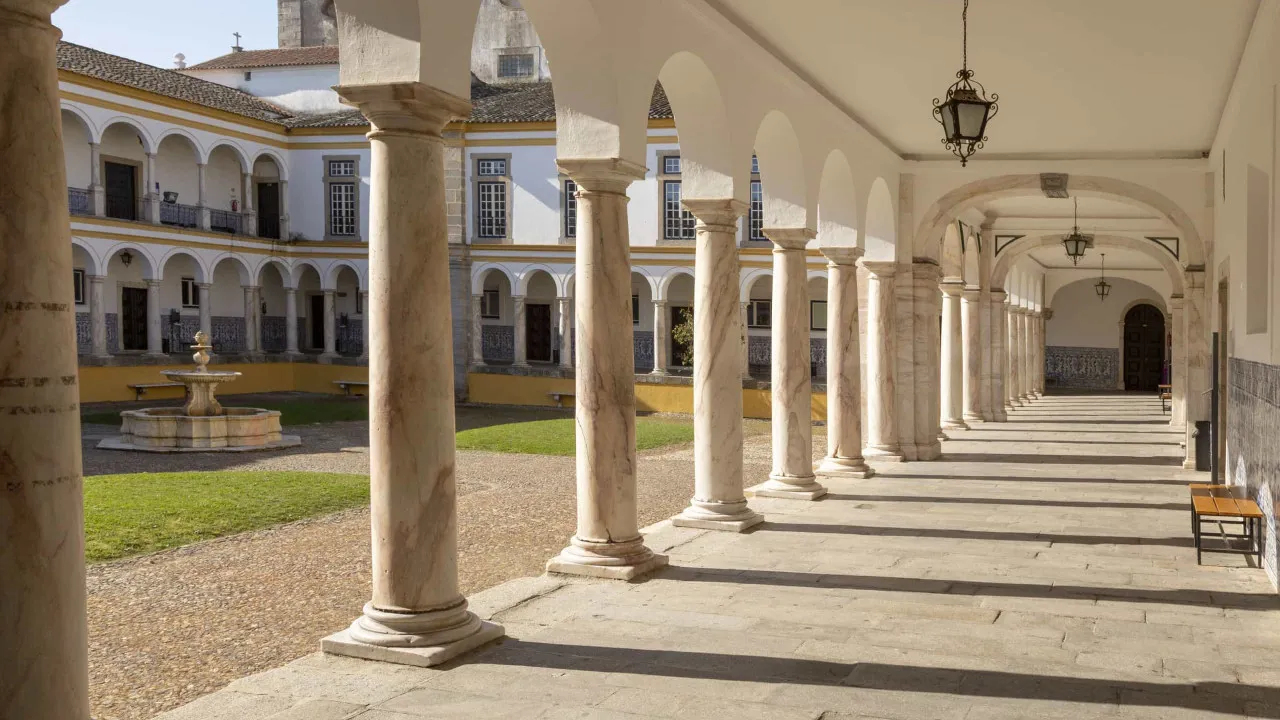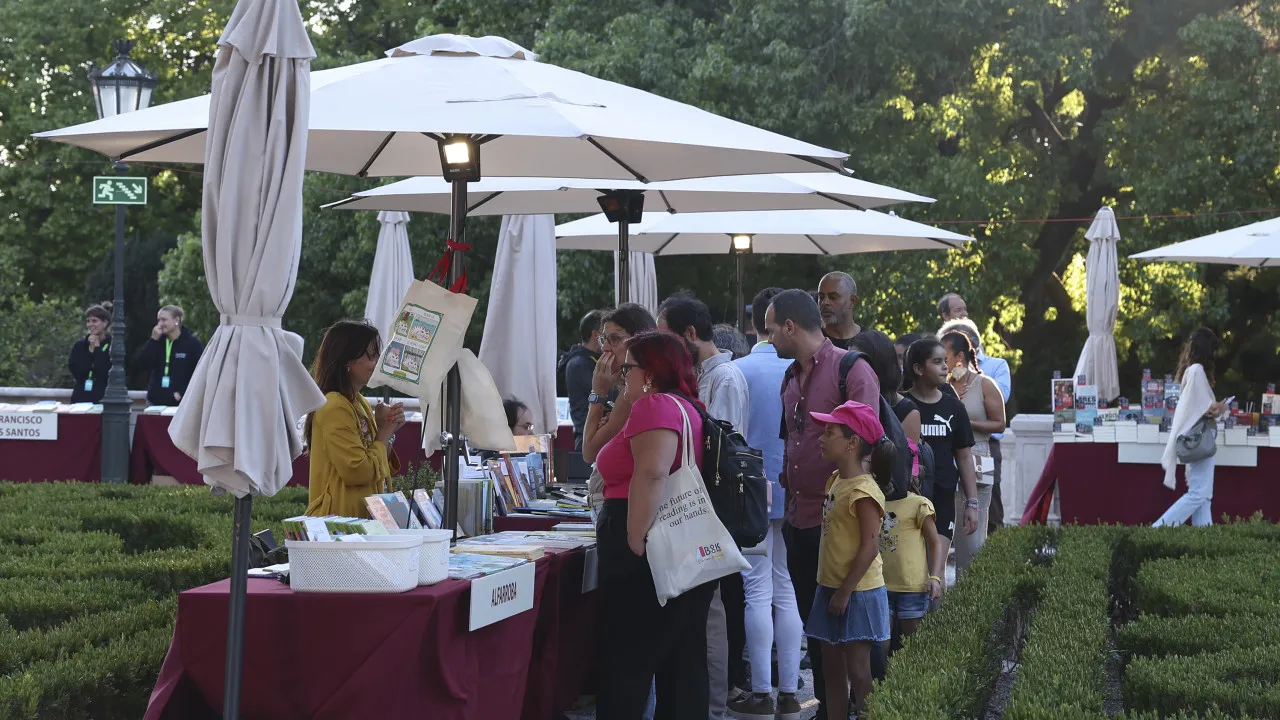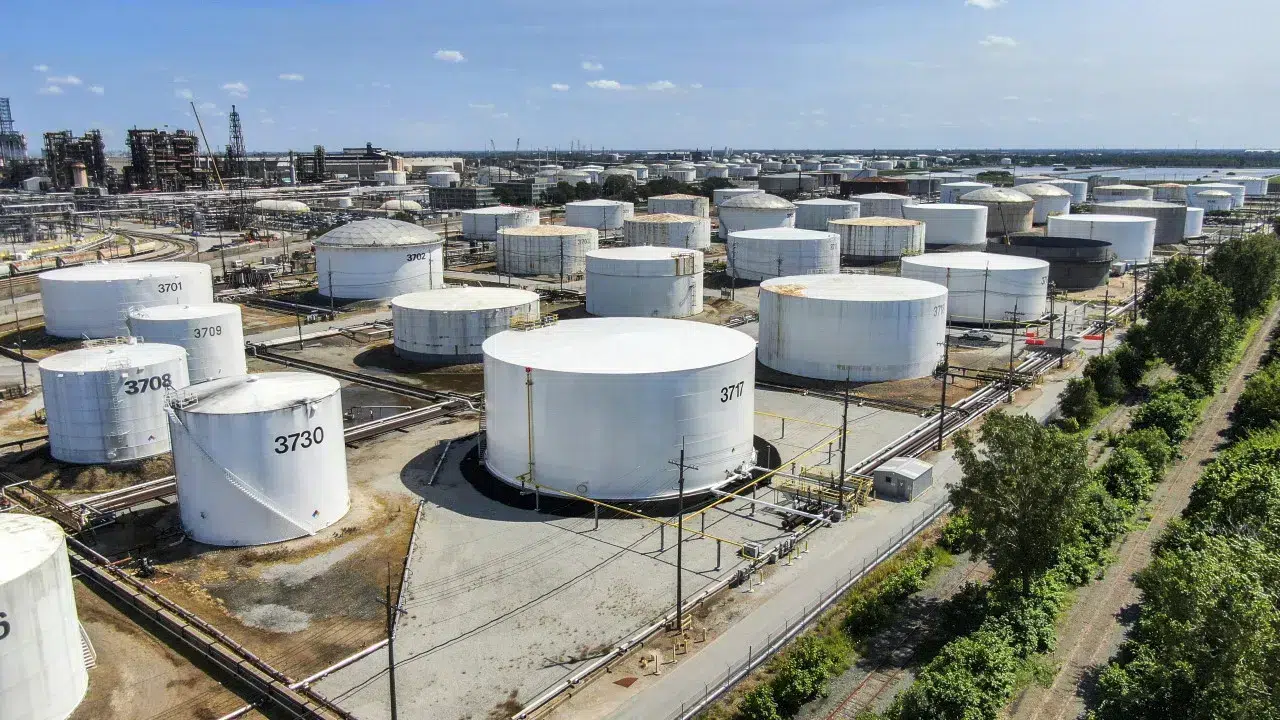
“It is a very abrupt decrease. There are almost 10,000 fewer applicants [compared to last year] and I think we need to consider the reasons behind this decrease,” said the official in a statement to the Lusa agency.
Hermínia Vasconcelos Vilar acknowledged that changes to higher education access rules—requiring more entrance exams and increasing the weight of these exams in the final application score—might explain the drop in applicants.
“There are several factors at play. On one hand, the change in the access model, which was known to have consequences, and then, apparently, poor results in national exams,” she highlighted.
Noting that UÉ expressed disagreement with the higher education access rule changes to the authorities, the rector emphasized the need to study the causes of the drop in applicant numbers after the second and third phases of the admissions process.
“I’m not saying that the rules should be completely reversed, but at least, we need to reflect and study why this decrease occurred,” she insisted, admitting other causes like “housing difficulties and demographic decline.”
According to the rector, the Alentejo academy “was one of the universities that felt this decrease less,” as it filled 86% of its vacancies, recording “31 fewer placements than the previous year,” a drop of 2.5%.
The president of the Polytechnic Institute of Portalegre (IPP), Luís Loures, also told Lusa that the change in access rules jeopardizes territorial cohesion and harms students from more disadvantaged families.
“We believe this change has brought nothing positive to the country, does not contribute to territorial cohesion, and has a very significant impact on the lives of families, especially the most disadvantaged,” he criticized.
With increased exam weight, Luís Loures exemplified that “while a middle-upper-class family can afford extra lessons in three or four subjects, a lower-middle-class family cannot, putting these students at a disadvantage and with greater difficulty in entry.”
The IPP placed 337 students in this first phase of the National Access to Higher Education Competition (CNAES), out of a total of 631 vacancies, leaving 294 unfilled.
In a statement, the Polytechnic Institute of Beja (IPB) noted that in this first phase of CNAES, 203 new students were placed at the institution, 134 fewer than in 2024 (-39.80%).
“This is a reduction that concerns all higher education institutions,” added the IPB.
Polytechnic institutes have already warned of the decline in higher education placements, stating that the situation is more severe in the country’s interior, and call for changes to the access rules.
In a statement, the Coordinating Council of Polytechnic Institutes indicated that the approximately 14,000 students placed in the polytechnic subsystem represent “a significant reduction compared to the previous year.”
The placement rate in polytechnic institutes stood at 63%, and the situation is more severe in the interior institutions, “where the drop in student numbers threatens the sustainability of some training areas,” it stated.
In the first phase of CNAES, 43,899 students were placed, corresponding to a 12.1% decrease from 2024.
This year there were 9,000 fewer applicants to higher education, with less than 50,000.




